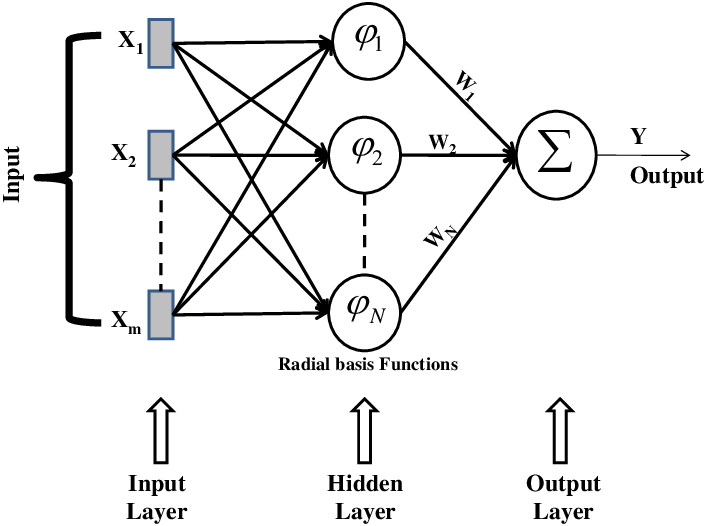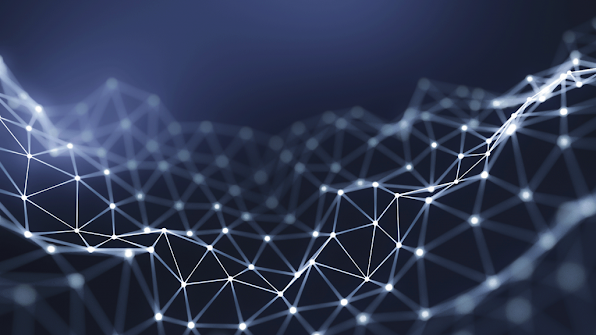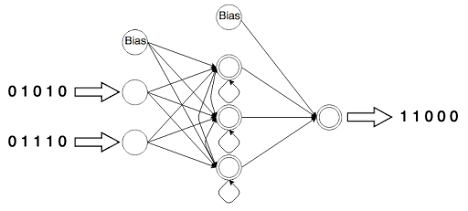A Beginners Guide to Neural Networks
“The neural network is this kind of technology that is not an algorithm, it is a network that has weights on it, and you can adjust the weights so that it learns. You teach it through trials.” — Howard Rheingold
Ai is coming, AI is coming.
That is all we hear these days and how it is going to severely impact everyone’s’ lives. Jobs will be lost, humans will be replaced by machines in every industry and many other dooming predictions that are written in magazines and blogs.
How many people are even cognizant about what aspects of artificial intelligence there are out in the world?
This post is going to cover one of those such aspects, a beginner’s guide to neural networks. We will look at what neural networks are, how they operate, what are the different types and how they can and will impact our lives.What Are Neural Networks ?
Artificial neural networks (ANN) are computing systems that are inspired by, but not identical to biological neural networks that constitute animal brains. Such systems “learn” to perform tasks by considering examples, generally without being programmed with task-specific rules.
They learn by looking at examples of an object like a cat or a painting and identify certain characteristics so they can determine this object in other images. These networks do not have to know anything about the object they are analyzing. They are intelligent enough to view a few examples and quickly classify things, make predictions, etc.
Now that you know what neural networks are, let’s look at how they work.
How Do They Work?
Neural networks are powered by neurons which are tiny units arranged in a series of layers connected to one another. One of these layers is called the input unit which is designed to receive different forms of information from the outside world and then recognize, interpret and classify. Another unit is output and sits on the opposite end of the network awaiting the result of the process. In between the input and output are hidden units which perform most of the work determining how to process the information coming into the inputs.
The connections between one unit and another are called weights and can be either positive or negative. Each unit receives inputs from the units to its left, and the inputs are multiplied by the weights of the connections they travel along. Each unit adds up all the inputs it receives and if the sum is more than a certain threshold, the unit “fires” and triggers the units it's connected to.
A neural network learns by receiving feedback and telling it whether it is right or wrong. Depending on that feedback the network will make adjustments to correct the wrong. Think of a batter in baseball who is facing a pitcher and he struck out swinging. He is going to go back to the dugout and think about what he did incorrectly. The next time he steps up to face the pitcher he will remember what he did wrong and adjust accordingly.
Neural networks are extremely adaptive, learn well and come in a variety of various types which we go into next.
Types of Neural Networks
Neural networks have a number of different types according to principles, parameters and mathematical operations. Each of them has their own strengths and weaknesses and learn things differently. We explore the most common types in use today and what they are used for.
1. Feed-forward Neural Network– this is perhaps the simplest of the networks and easiest to understand. Data moves in only one direction forward from input until it reaches the output. Along the way, the sum of the products of the inputs and weights are calculated. The end result is passed to the outputs for processing.
2. Recurrent Neural Network (RNN) Long Short-Term Memory
This type of neural network is very effective in speech-to-text conversion technology.
3. Radial Basis Function Neural Network– in this one the distance of any point relative to the center is considered. They have two layers, inner and outer. The inner layer has the features combined with the radial basis function. Radial basis function is a real-valued function whose value depends on the distance between the input and some fixed point, either the origin or the center. Next, the output of these features is taken into consideration while computing the same output in the next time-step.

The radial basis function neural network is used mainly in power restoration systems. Over the years power systems have become bigger and more complex making this network more complex.
As you can see the radial basis function neural network and the recurrent neural network process items the same way.
4. Convolutional Neural Networks (CNN)– the primary purpose of these networks are to extract features from the input image. Convolution preserves the spatial relationship between pixels by learning image features using small squares of input data. It is composed of one or more convolutional layers with fully connected layers that uses tied weights and pooling layers.
These networks are used in computer vision applications, object recognition applications like machine vision and self-driving vehicles.

5. Perceptron– is an algorithm for supervised learning of binary classifiers and enables neurons to learn and process elements in the training set one at a time. In other words it performs computations to detect features and decides whether or not an input belongs to some specific class. There are two main kinds of perceptrons: single layer perceptrons and multilayer perceptrons. They both classify as feed-forward neural networks as they move in only one direction.
a. Single layer perceptron– does not have prior knowledge of any inputs so the initial weights are assigned randomly. The perceptron adds all the weighted inputs and if the sum is above the threshold, the perceptrons are said to be activated. The input values are presented to the perceptron, and if the predicted output is the same as the desired output, then the performance is considered satisfactory and no changes to the weights are made. However, if the output does not match the desired output, then the weights need to be changed to reduce the error.
b. Multilayer perceptron — has the same structure as the single layer but with one or more hidden layers added. The algorithm consists of two phases: the forward phase where the activations are propagated from the input to the output layer, and the backward phase, where the error between the observed actual and the requested nominal value in the output layer is propagated backwards in order to modify the weights and bias values.

How Are These Neural Networks Put To Use?
All of the neural networks we discussed above were designed for spotting patterns in data. Specific tasks for sorting out these patterns are clustering, classification and predicting. All of these tasks solve specific problems that can be used in many areas such as finance, sales, marketing, and security.
Everything from predicting how the stock market will behave day to day to using facial recognition software to catch a criminal is being performed by neural networks.
These networks can be used for marketing purposes utilizing tools such as chatbots, target marketing and market segmentation. I provided a few real world examples in a previous article and where to go to implement it.
Over the next few years, neural networks will be implemented in biomedical systems in tracking down diseases or predicting what percentage a person is likely to be predisposed to a certain genetic trait or abnormality.
Conclusion
Just like when Paul Revere made his famous ride warning people that the British were coming, artificial intelligence is not only on the way but is here. But unlike the arrival of the Red Coats nobody will have to fear for their lives.
This is an introduction to these evolving technology which told you what neural networks are, how they work, the different types and how they are being used today. We should all benefit from what these networks have to offer and not fear the repercussions of some technology we are not familiar with.





Comments
Post a Comment